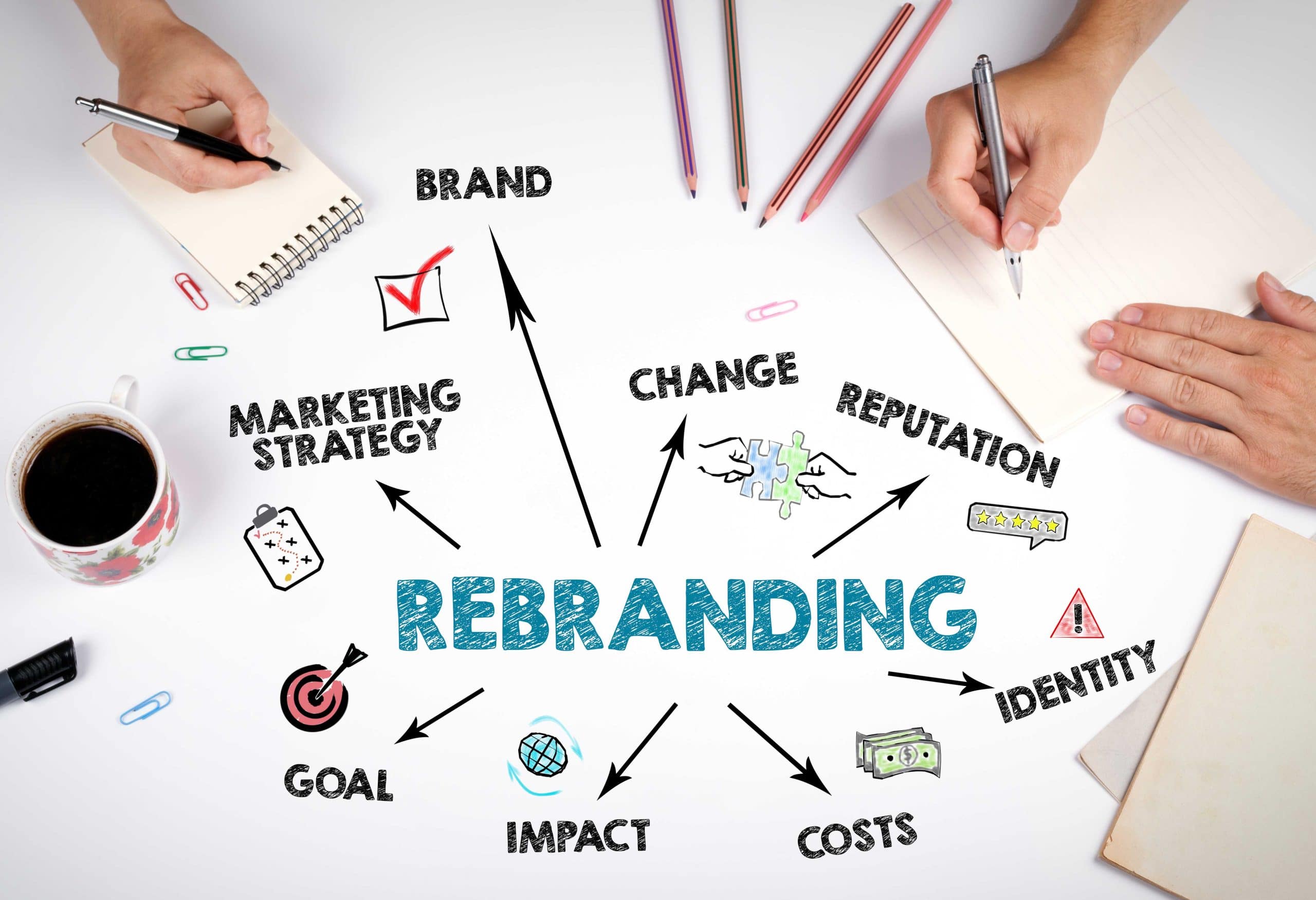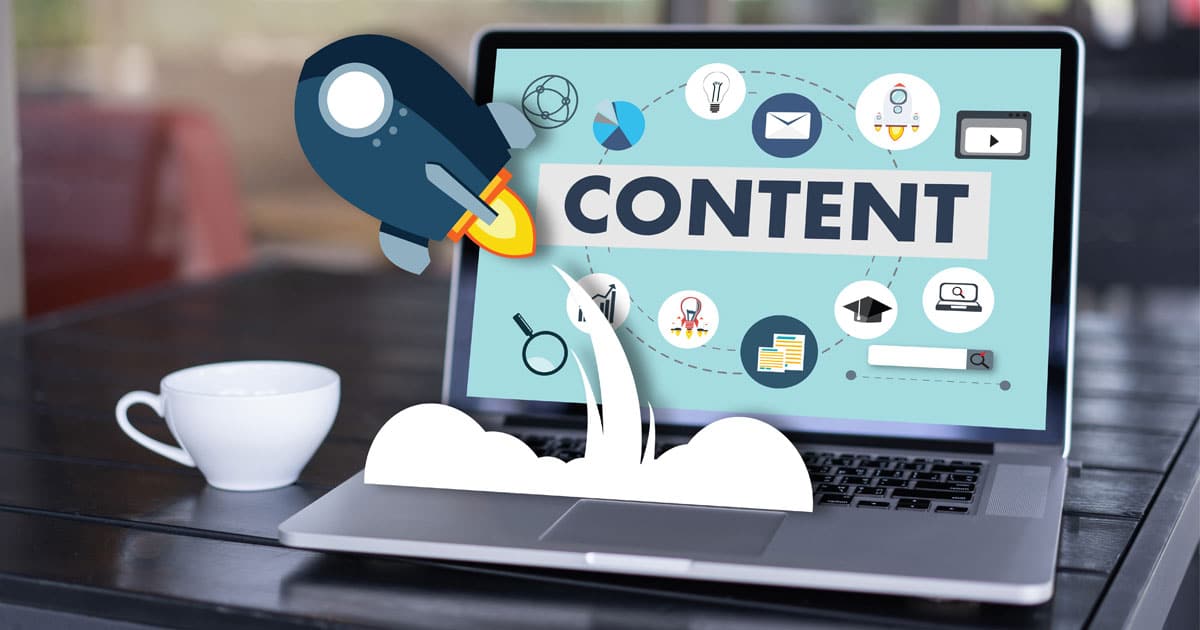I attended Circularity 2022 last week just outside of Atlanta, it was an incredible experience. First a definition of Circularity – Circularity is a simple concept. It means that a product is created with its own end-of-life taken into account. In a circular economy, once the user is finished with the product, it goes back into the supply chain instead of the landfill.
The motto of the circularity movement, in a nutshell: Waste not, want not.
Although the topic of Circularity is broad, today I want to focus on RECYCLING, as it is something that we all (hopefully) do.
Why Recycling Alone Isn’t a Circular Economy
An interesting statistic – a few years ago 96% of people believed that recycling was the answer – it provided a way for the consumer to be “off the hook,” making consumption more guilt-free. 76% of Americans said that recycling made them “feel better.” Today people are less optimistic about recycling and more aware it isn’t the easy answer.
Plastic, metal, glass, and paper, the most common types of recyclable materials, all recycle differently and with varying degrees of success. As a result, the actual recycling percentages of each tend to be quite different. Looking at one of the most troubling materials – plastic, according to National Geographic, an astonishing 91 percent of plastic doesn’t actually get recycled. This means that only around 9 percent is recycled. As if that weren’t enough, nearly all plastic that does get recycled is actually downcycled, which means it gets less and less useful every time, eventually becoming so flimsy that it can no longer be recycled properly.
What Are Our Next Steps?
The fact is we cannot “recycle” our way out of climate change. The first challenge is to get the population to actually believe in climate change. In 2014 45% of people around the world said climate change was “very serious.” Today, that number is 63%, so we are building awareness. But in order to bring about a true shift, we need policies put in place, such as:
- Tax to raise the price (in this case) of single-use plastic
- Subsidize alternatives (for example, straws made from agave),
- Set regulations to ban certain pollutants.
These types of policies along with behavior change on the public side can make the difference we need.
How Companies Are Building a Circular Economy Today
Well-known brands are working on circular practices – my FAVORITE example of this is Patagonia. They have a program to mend or sell their used clothes, and even have a website to help visitors find a cause supporting circularity. ETSY, for example, works on educating their C-suite and all team members on Circularity, and they work with their “makers” to create products that follow Circular practices, ETSY even considers the livelihood of the “makers” as part of the Circular economy.
Overall, people know the way we are living now isn’t sustainable – but they don’t know how to change. With the help of policy, brands, and changing our habits, we can bring about change. It needs to happen NOW, and everyone has a part to play.
Do you want some tips on how you can reduce your single-use plastic footprint? We recently published an article with practical tips to reduce your impact. Learn more about our commitment to sustainability or contact us to find out how you can build sustainability into your marketing strategies.



